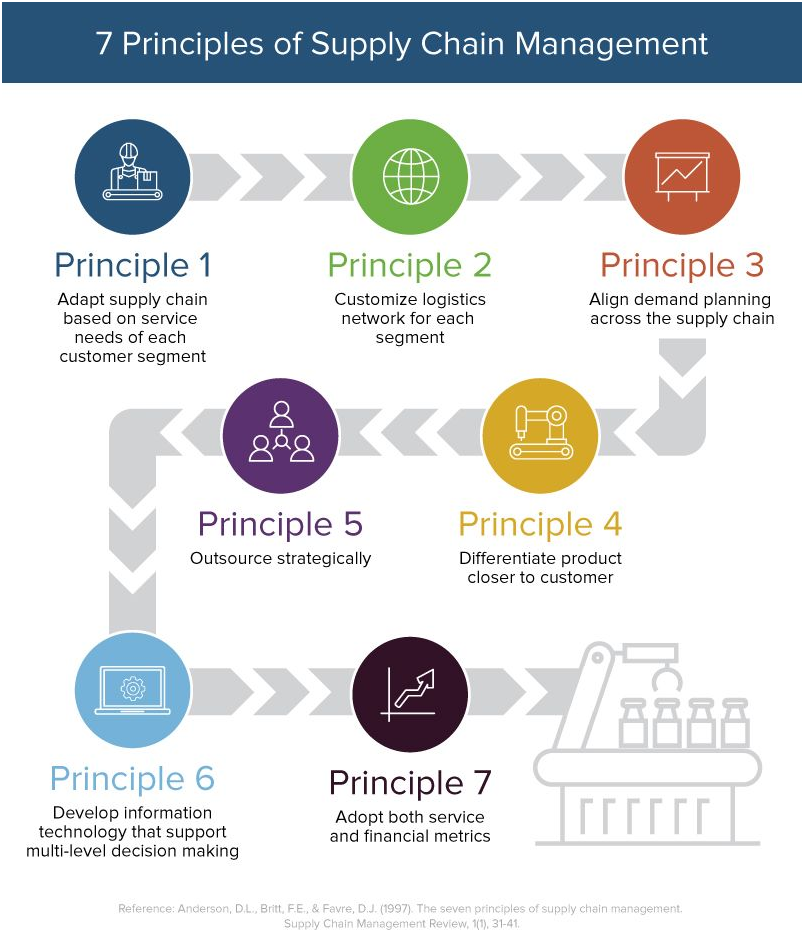Global SCM: The combination of global manufacturing with supply chain management, which must account for tariffs and local taxes as goods and services travel internationally to ultimately provide greater value at the end of the chain.
SAP SCM: Systems, Applications, and Products (SAP) is a software company that revolutionized logistics and enterprise resource planning. It provides an automated way to manage supply chain networking, supply chain planning, and supply chain execution, along with production planning, business forecasting, and demand planning.
The Basics of Supply Chain Management Processes which we follow:-
There are key supply chain processes that we must take into consideration to effectively understand and manage them. These processes are all at play regardless of the type of supply chain we are using.
Customer relationship management (CRM) comes first, because as the principles of SCM state, we adapt everything in the supply chain to the customer. If no one is buying, there’s no need to produce anything. At the front of your supply chain, where a store’s staff interacts with its consumers, they must have plans in place for ongoing relationships. They need CRM tools to gather customer information for marketing and market research, all to determine the products and services to offer in the future.
Customer service management is another process that ties in, as it is where you gather negative and positive feedback to determine future needs.
Demand management is closely linked with the previous two, as it takes customer interactions and orders into account to determine the workload all the way up the supply chain. At its core, customers buying more means make more, and customers buying less means make less. Customer forecasting is an important task that analysts must perform well to determine the current demand and what it will be in the future, to prevent waste in the supply chain.
Product development is an important part of the supply chain that is informed by consumer demand. You must work with CRM and customer service data to determine what they want, which influences new products, process because it affects cost, quality, and delivery time.product line extensions, and also what to stop making. You must integrate suppliers in this
Supplier relationship management goes without saying – if you want to produce your products on time and on budget, you need a solid rapport with everyone you’re outsourcing to in the chain. This impacts manufacturing flow management, which ensures everything gets where it needs to go without delay, and at the correct spec.
Order fulfilment involves coordinating with distribution centers and either retail locations or 3PL to get the product direct to consumers. You’ve now made it all the way back to the beginning of the cycle, and need to pay attention to new CRM and customer service data.
Returns management, also known as the “reverse supply chain,” is a vital part of the flow of products that doesn’t fit perfectly into the clean supply chain cycle. It involves picking up online orders from 3PL locations or from consumers’ addresses and accepting returns at retail locations. Once these items are put back into inventory, they must be ready to get to a different customer while the product run is still live.
Logistics and SCM: The art of coordinating efforts between every member of the supply chain to get products from their source to the consumer.
Purchasing and SCM: The focus on the monetary aspect of SCM, from costs to value added at each link in the supply chain.


